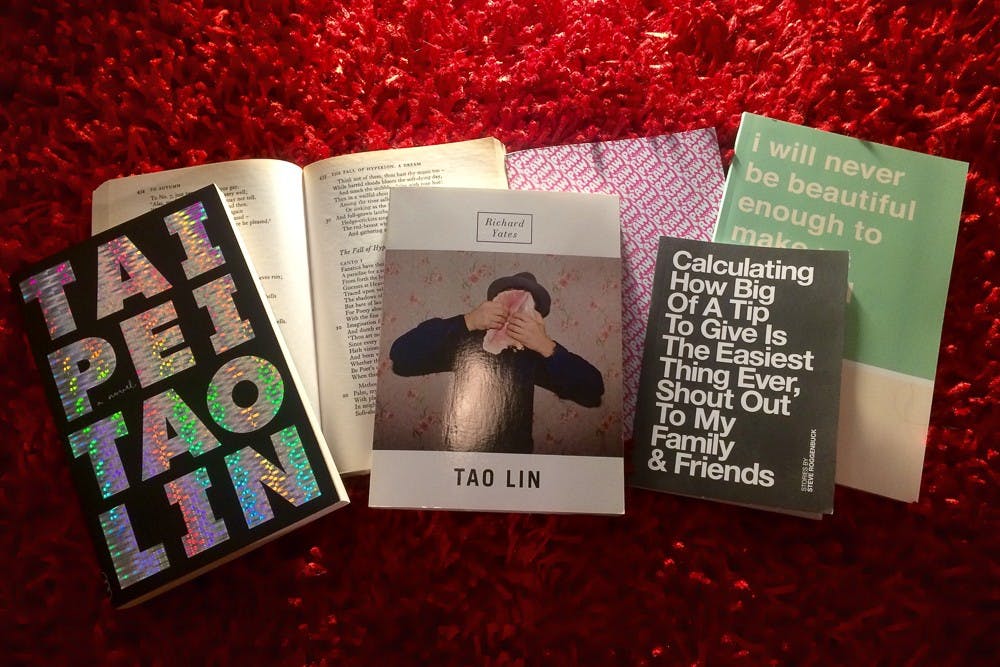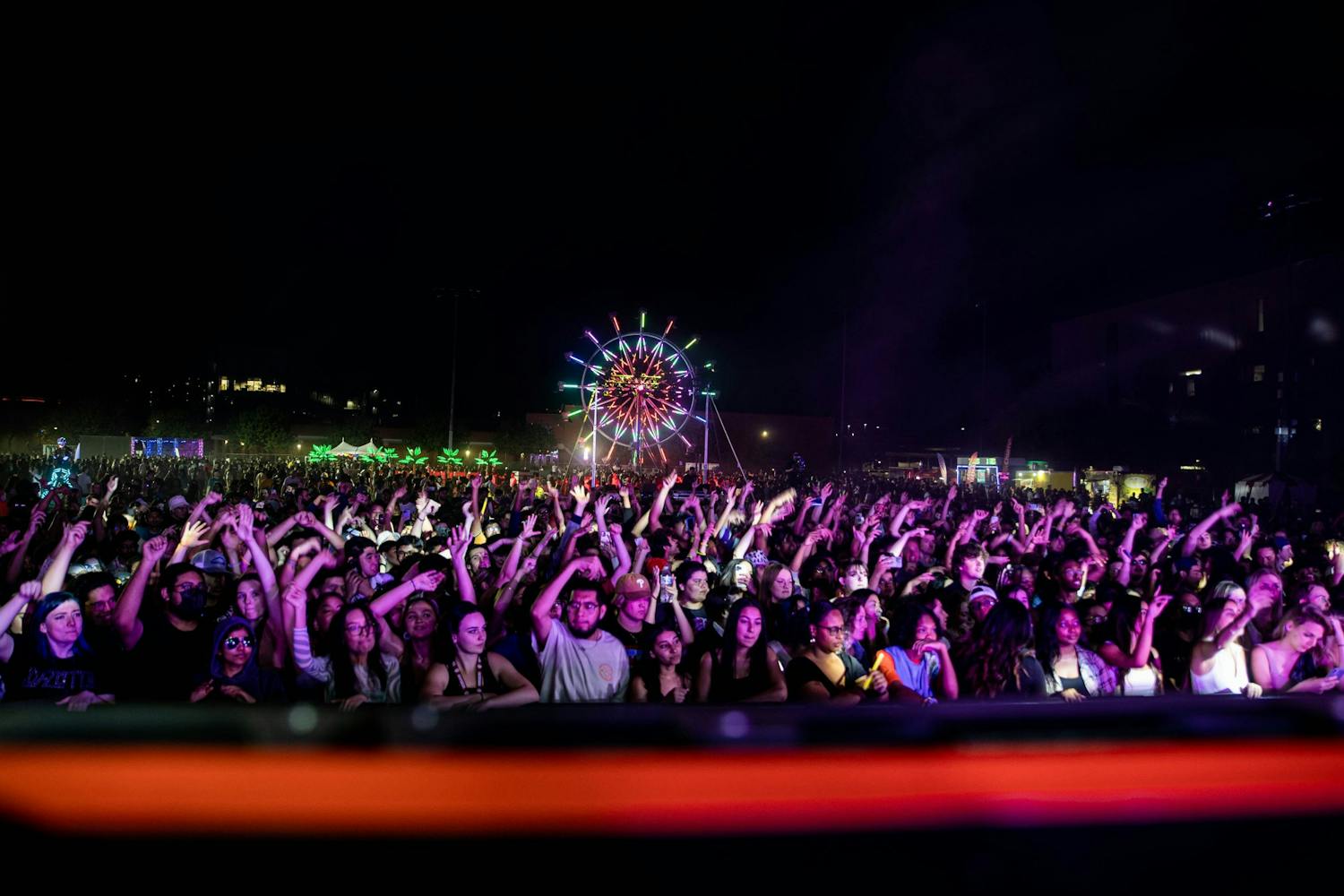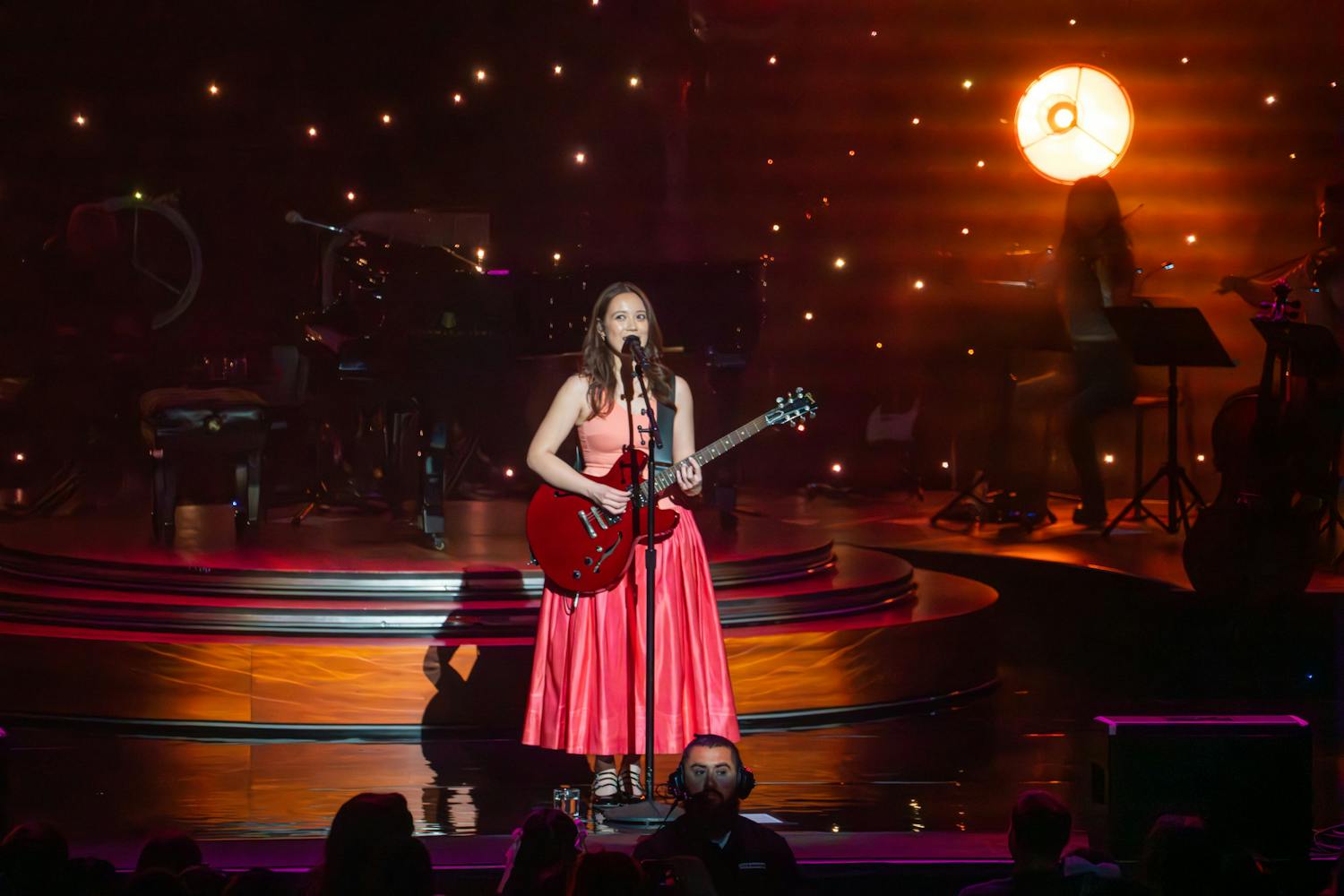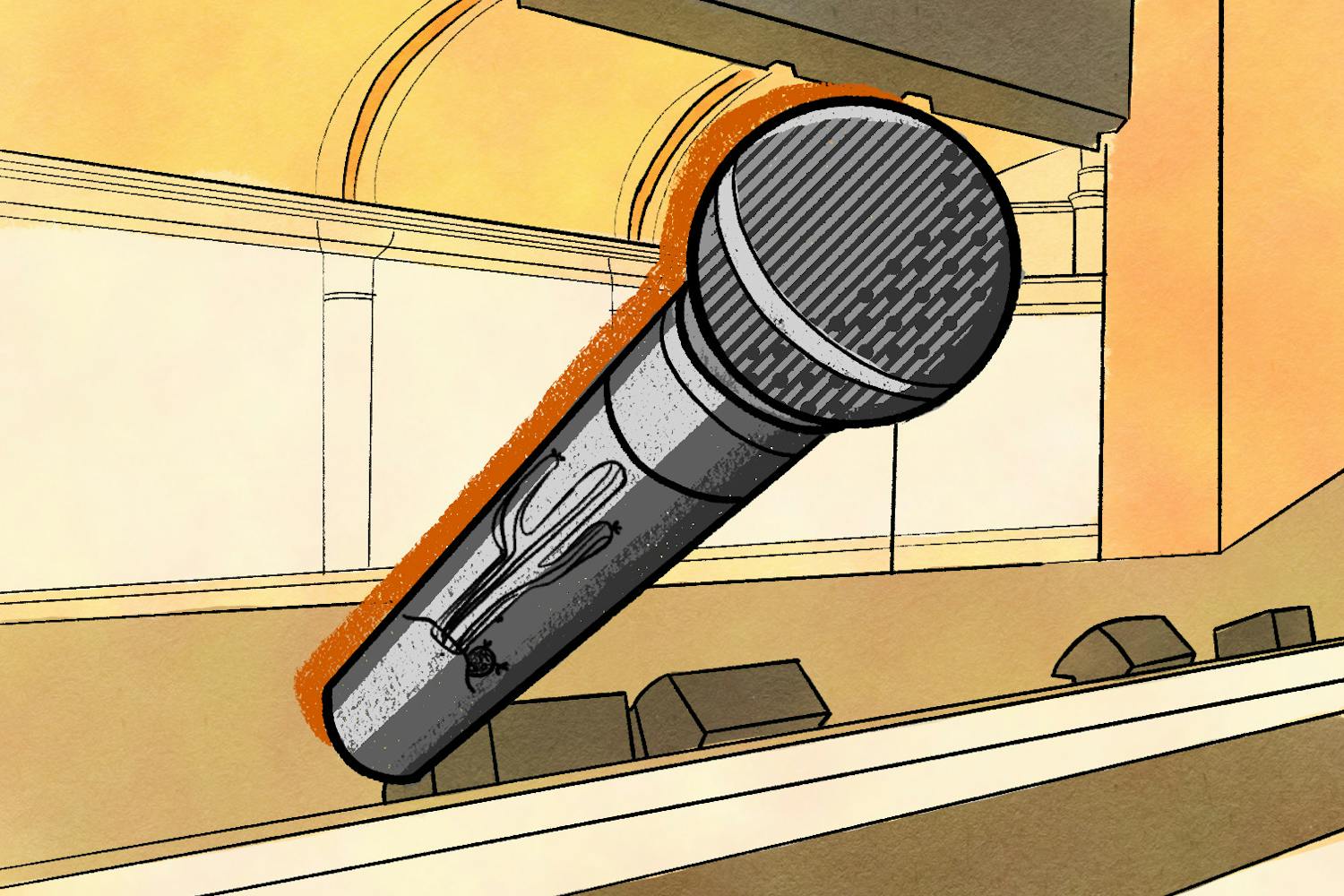With all my time being spent at the library writing coffee-fueled papers and having panic attacks at 2 a.m. in the morning over just remembered due dates for the next day, I am confronted with the task of finding a way to wrap up my column, Alt Lit Weekly.
When I first started these articles, I was aware of alternative literature, but was by no means an expert. My hopes with this column was twofold. I hoped students at ASU may stumble upon one of these articles and discover a culture they had no idea existed, and maybe they would latch on and a new interest would ignite in them. In reverse, I also wanted to expose the writers of alt lit to the community at large.
None of the writers associated with alt lit, with the exception of perhaps Tao Lin or Steve Roggenbuck, have a very wide audience.
I remember pitching my first article on Jordan Castro to my editor, and him responding with a guffaw when I cited his relevancy by stating he had "2,000 followers on twitter."
It's a telling fact that as a writer on the Internet, 2,000 followers makes you one of the big shots.
For the most part I kept critical assessments to the side. Instead I've acted as a promoter, pushing writers and works of which I thought deserved more attention and a wider audience.
During the course of these articles I continued to ask myself, what makes alternative literature "alternative"? Or, what exactly about these writers and their work is different from the rest of literature?
At first, it seemed like the use of the Internet as a means of promotion was the answer. Alt lit writers use YouTube videos, tweets, Tumblr posts, blogs, image macros and forums as means to spread their work. However, defining an art by the use of its marketing seems awry.
Then it was the themes that set alt lit apart. Tao Lin, Jordan Castro and Mira Gonzalez incorporate lust, desire and drug use predominantly in their works. They often reach moments of lucidity that reveal profound sadness, emptiness or lack of desire. These writers represent the 20-something bummed-out generation that have no idea what to do with their lives, but know that it's not working the traditional 9 a.m. - 5 p.m. job.
However, this doesn't explain poets like Steve Roggenbuck, who is sober and whose work constantly reminds one to be ecstatic about life. He seems to be thematically at the complete other spectrum from these other writers.
So it seems like alt lit really means nothing. In fact, instead of being alternative, these writers are the rising voices and up and comers of literature.
In the digital culture we live in today, it is natural for a writer to promote himself over the web. It will be interesting to see where the handful of young writers I covered in this column are in a decade when they have had a chance to develop their art.
Reach the reporter at lsaether@asu.edu or follow @looooogaaan on Twitter.
Like The State Press on Facebook and follow @statepress on Twitter.




